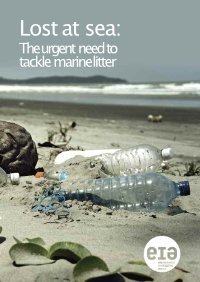By Anthony C. Dixon, Graham Farrell & Nick Tilley
Objective
Illegal dumping of household and business waste, known as fly-tipping in the UK, is a significant environmental crime. News agencies reported major increases early in the COVID-19 pandemic when waste disposal services were closed or disrupted. This study examines the effect of lockdowns on illegal dumping in the UK.
Method
A freedom of information request was sent to all local authorities in the UK asking for records of reported incidents of fly-tipping for before and after the first national lockdown. ARIMA modelling and year-on-year comparison was used to compare observed and expected levels of fly-tipping. Urban and rural local authorities were compared.
Results
A statistically significant decline in fly-tipping during the first lockdown was followed by a similar increase when lockdown ended. The effects largely cancelled each other out. There was pronounced variation in urban–rural experience: urban areas, with higher rates generally, experienced most of the initial drop in fly-tipping while some rural authorities experienced an increase.
Conclusion
Waste services promote compliance with laws against illegal dumping. When those services were disrupted during lockdown it was expected that fly-tipping would increase but, counter-intuitively, it declined. This enhanced compliance effect was likely due to increased perceived risk in densely populated urban areas. However, as lockdown restrictions were eased, fly-tipping increased to clear the backlog, indicating temporal displacement.
Crime Science (2022) 11:8 https://doi.org/10.1186/s40163-022-00170-3




